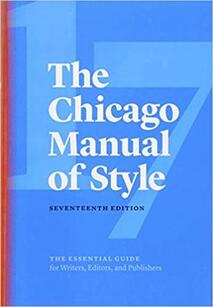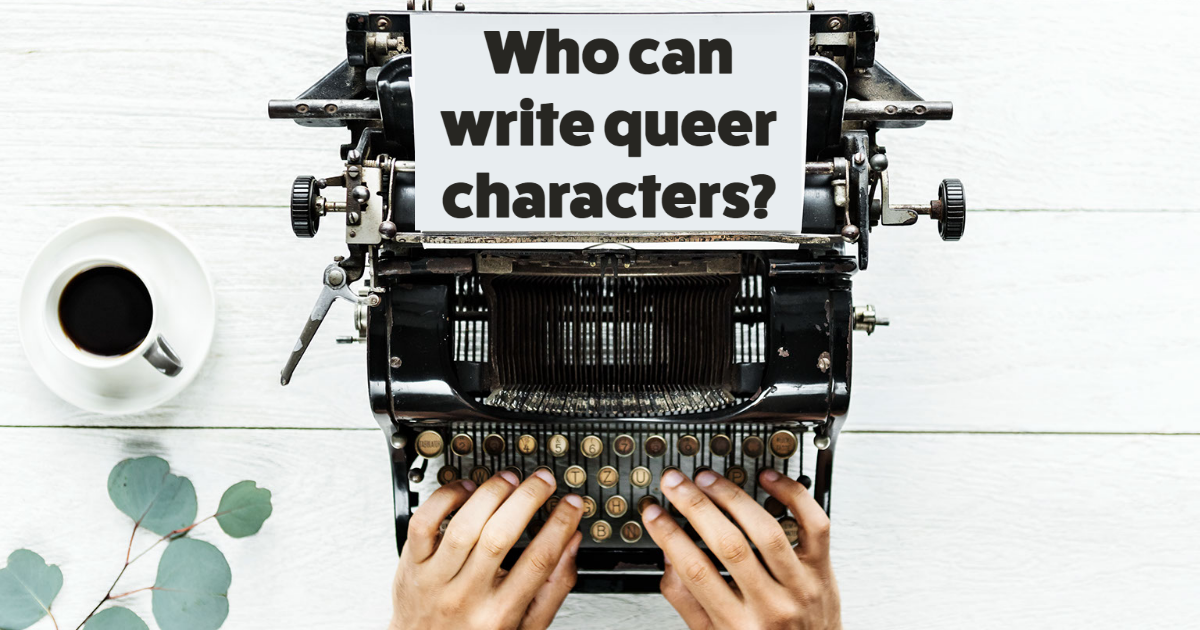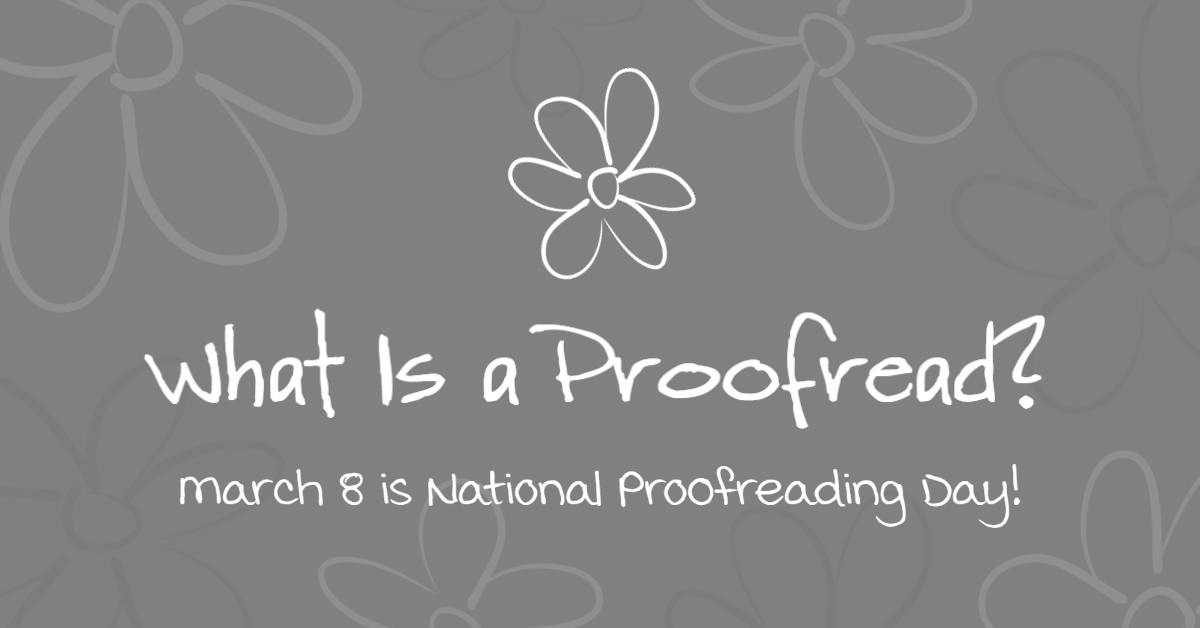|
The short answer: Anyone!
The longer, much more accurate answer: Anyone who will write their queer characters with the same level of respect and dignity and research that they would any other character. Queer characters should exist in stories, the same way they exist in the real world. Even if you’re not part of the LGBTQIA+ community, any world you create needs to acknowledge that queerness is part of life, part of story, part of humanity. Plus, writing stories is about blending our own unique reality with creative license, with imagination and deep ponderance of the world around us, including the parts we don’t know everything about. Great writers have great empathy, the ability to imagine what it’s like to live in someone else’s shoes. And wouldn’t this world, and literature in general, be incredibly boring if authors only wrote characters like themselves? What’s important is how you write queer characters. Here are some things you need first.
Here are some things to keep in mind as you think about your characters.
0 Comments
March 8 is National Proofreading Day!
Edit, proofread, revise, beta read—there are so many different terms for the act of reviewing a manuscript, and they’re all connected in some way. But proofreading is the easiest to define, and it’s the one thing people should do out in the real world, in emails and other correspondences, rather than just within the realm of their manuscript. So what is proofreading? And why is it so important?
What is a proofread?
A proofread is a cursory review of any written document in which the reviewer is looking for any glaring errors, like spelling, grammar, and mechanical issues.
A proofread does not involve comments about plot, character, or theme (that’s developmental editing or beta reading). A proofread does not involve recommendations for smoother, clearer language, tone, voice, or concision (that’s line editing). A proofread is merely meant to correct small and objective errors like misspelled words, dropped commas, incorrectly formatted ellipses . . . and so on. When does a proofread occur in a book’s production process?
No matter when or what kind of proofreading you’re doing, it’s almost always the final step.
When you’re building a book, the proofread occurs last, after all the other editorial steps mentioned above. After the developmental edit, after the rounds of line and copy editing, after the book is “done”—that’s the right time to conduct a proofread. The point of the proofread is to catch lingering glaring errors, so you wouldn’t want to keep messing with the manuscript after. In the odd case that bigger work does need to be done on a manuscript after its proofread, it’s a good idea to get a second proofread. A proofread might also be conducted on your book after the printer’s proof has been printed. A printer’s proof is one single copy of your book that the printer provides so you can ensure the book looks the same in real life as you thought it would based on the computer files. Because this is a new way of looking at your book, a proofread is advised. There may be some errors in your book that didn’t stand out on the computer, but in print they may be more obvious. Who conducts a proofread during a book’s production process?
It’s a good idea to let a fresh set of eyes proofread your book. If you’ve been working with one editor through the developmental, line, and copy edits, you won’t want that same editor proofreading your book. Why? If the editor has already missed this error once or more, the odds are good that they’ll miss it again on the proofread.
Often, your publisher will ask a new editor, one you haven’t worked closely with, ideally one who has never read your manuscript before, to proofread it. If they’ve never read your manuscript before, they have no expectations of it, and therefore they’ll be able to catch glaring errors more readily. Where does proofreading happen outside of a book?
This is really important! Proofreading isn’t just for writers. When you write an email to a friend or a coworker, when you draft language for your kid’s school bake sale flier, when you write a report—when you write anything, ever, that matters at all—you should proofread your own work.
This isn’t hard or time-consuming! All this means is that you should read through what you’ve just written before smashing that “send” button. What if you typed something wrong? What if the computer flagged a misspelled word for you to review? What if you phrased something super weird, and simply reading it back could help you realize there’s a much clearer way to say it? Proofread your own work, always. You owe it to the other people around you to make your correspondence easy to digest, and you owe it to yourself to come across as smart and thorough. 
Our entire editorial team had the exact same experience with style guides before entering the publishing industry: we used style guides to format citations for papers in college, and nothing more. If you’re like us, then perhaps you, too, had no idea that a style guide was intended for anything else.
In fact, style guides are massive, complex, and crucially important -- and we barely ever use them for citations anymore (lookin’ at you, nonfiction!). A style guide is a rulebook for writing that outlines grammar prescriptions and recommendations that can also give advice for troubleshooting unusual issues. Listen to our accompanying podcast episode!
Style guides are used to ensure that every publication coming from the same place uses the same grammar system. For example, essentially all fiction books that are published in American English these days are edited using the Chicago Manual of Style (CMS), which the University of Chicago Press has been publishing since 1906. (Students sometimes use Chicago/Turabian, which is a streamlined version of CMS for academics.)
You may recognize some of the hallmarks of CMS, like a preference for the Oxford (or serial) comma. As editors, we rely on CMS to tell us where commas go (spoiler alert: it’s complicated!) and how to format ellipses. . . . It also tells us what order parts of the book go in. For example, CMS prefers that the dedication page of a book goes in the front, while the acknowledgments page should go in the back. CMS also defers all spelling questions to Merriam-Webster’s Dictionary in particular! Some other style guides may be familiar to you, like the Modern Language Association (MLA) style guide or the AP (Associated Press) style guide. Many companies and other organizations also develop their own style guides. These corporate style guides can come in handy when a company like Medium, for example, utilizes hundreds of writers from all around the world but still wants all those articles to be grammatically consistent. That’s the key word here: consistent. The entire purpose of style guides is to ensure that a book’s grammar is consistent throughout; that an author’s books are consistent from one to the next; that a publisher’s book list is edited to a consistent standard; that books across the country are grammatically consistent so readers have an easier time hopping from one to the next. Having a codified system that any editor can turn to, via print style guide or online, is how we achieve this glorious consistency. All this is to say: Your editor is not making up their grammatical recommendations. If you have a really nice editor (say, any editor at Wildling Press), they may take the time to explain some of their corrections to you using CMS as their guide. However, just like any other industry, these rules are complex and layered, stacking on top of each other to create a full spectrum of meaning and clarity. It’s not always easy for an editor to explain why they’ve made a certain correction. But more often than not, there is a grammatical rule (or several!) from CMS behind their correction. Studying the CMS is a great step to take to become a better writer. We once had someone tell us, “I’m not familiar with CMS, but I could read it in a day or two.” Well, they certainly missed the point! Reading the style guide from cover to cover might not do you much good -- unless you have a really excellent memory for that sort of thing. Instead, try evaluating the choices you are making when writing, and then asking yourself, “Why am I making this choice? Is this the right choice?” Before you slap that comma there, try looking it up! Does a comma actually belong there? (As we mentioned, commas are really objectively unreasonably complicated.) Here’s the good news: if working with a style guide is hard for you, you can rely on your editor to show you the way. Just be sure to remember that their corrections come from a good place: the Chicago Manual of Style! by Christina Kann |
How Do I Book?We'll try to find the answer to that question in our blog. Archives
August 2023
Categories
All
|



 RSS Feed
RSS Feed